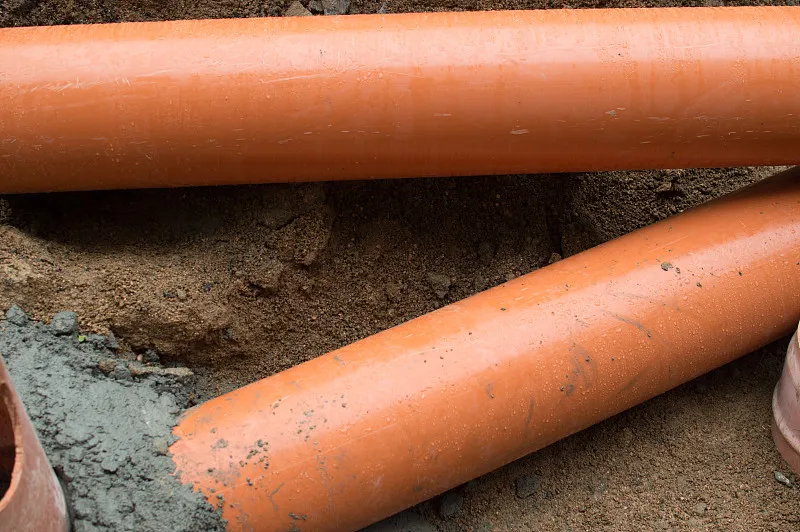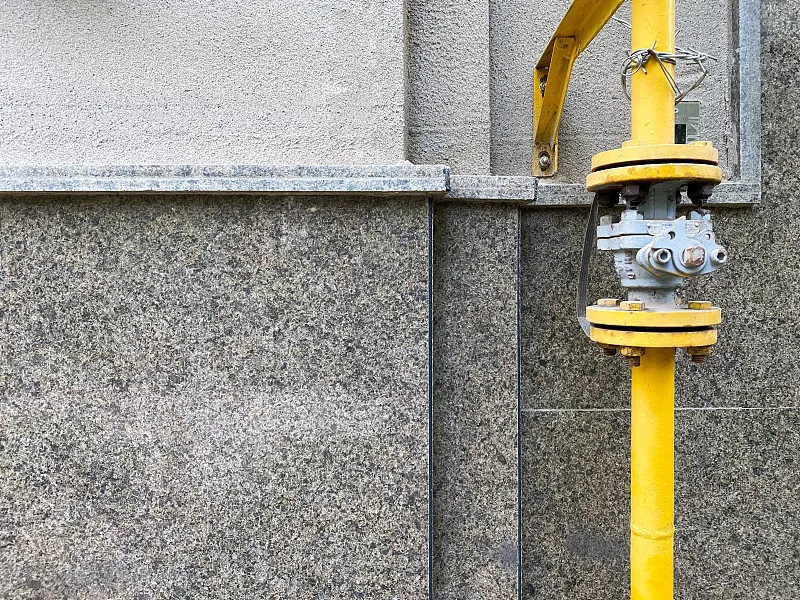Polypropylene Random Copolymer (PPR) pipes and fittings have become a dominant choice in modern plumbing systems due to their durability, resistance to corrosion, and energy efficiency. When it comes to building a reliable and long-lasting water distribution system, the type of PPR Pipe fittings used can significantly impact the performance and longevity of the system. Whether you’re planning a residential, commercial, or industrial installation, understanding the various types of PPR pipe fittings is essential.
In this article, we will explore the different types of PPR pipe fittings, their applications, and how to choose the right fitting for your specific needs. By the end, you will have a clearer understanding of the essential components that make PPR pipe systems both functional and efficient.
What Are PPR Pipe Fittings?
Definition and Functionality of PPR Pipe Fittings
PPR pipe fittings are accessories or connectors used to join, divert, or regulate the flow of water or fluids in PPR pipe systems. These fittings are made from the same high-quality polypropylene material as the pipes themselves, ensuring compatibility, durability, and long-lasting performance. PPR fittings come in a variety of shapes, sizes, and types to accommodate different installation needs, from simple straight connections to complex configurations involving elbows, tees, and valves.
Why Are PPR Pipe Fittings Popular?
- Durability: PPR pipes and fittings are known for their long lifespan, often exceeding 50 years with proper installation and maintenance.
- Corrosion Resistance: Unlike metal pipes, PPR pipes do not corrode, making them ideal for water supply and waste disposal systems.
- Ease of Installation: The fusion welding process used for PPR pipes and fittings makes installation faster and simpler compared to traditional threaded or welded metal piping systems.
- Non-toxic: PPR is safe for transporting potable water, ensuring no harmful chemicals leach into the water supply.
Common Types of PPR Pipe Fittings
PPR pipe fittings come in several types, each designed for specific functions in a piping system. Let’s dive into the most common types of PPR pipe fittings.
1. PPR Elbow Fittings
Description:
Elbow fittings are used to change the direction of the pipe. They are typically available in 45-degree and 90-degree angles, with 90-degree elbows being the most commonly used in plumbing systems.
Applications:
- Residential plumbing: Changing the direction of water flow under sinks or around corners.
- Industrial piping: Directing the flow of liquids or gases around machinery or obstructions.
Benefits:
- Helps in redirecting flow in confined spaces.
- Available in both long and short radius designs for various flow rates.
2. PPR Tee Fittings
Description:
A tee fitting is used to combine or split the flow of water into multiple directions. It has one inlet and two outlets (or vice versa), forming a “T” shape.
Applications:
- Branch connections: Dividing a single pipe into two separate lines.
- Water supply systems: Distributing water to different parts of a building or factory.
Benefits:
- Simplifies the connection of multiple pipes in a single layout.
- Provides a compact and efficient way to split or combine water flow.
3. PPR Coupling Fittings
Description:
Couplings are used to connect two pipes of the same size. These fittings are essential for extending the length of the pipeline or connecting sections of piping.
Applications:
- Extending pipe lengths: Joining two pieces of pipe to create a continuous line.
- Patching damaged pipes: Connecting replacement sections of pipe in an existing system.
Benefits:
- Easy to install.
- Provides a secure and tight fit between pipes.
4. PPR Union Fittings
Description:
A union fitting is similar to a coupling, but it is designed to allow for easy disassembly. This fitting consists of three parts: two sockets and a union nut that holds the parts together.
Applications:
- Disconnection points: Allowing for easy maintenance or replacement of pipe sections.
- Water filtration systems: Enabling easy removal of filters or other components.
Benefits:
- Can be easily disassembled for maintenance or repairs.
- Provides a leak-proof connection even under high pressure.
5. PPR Reducer Fittings
Description:
Reducers are used to connect pipes of different sizes. This fitting helps adjust the pipe diameter, ensuring the correct flow rate and pressure for the system.
Applications:
- Water distribution systems: Connecting pipes of various sizes to balance flow.
- HVAC systems: Ensuring optimal pressure in different parts of the system.
Benefits:
- Ensures smooth water flow between pipes of different sizes.
- Reduces the risk of pressure loss or water hammer.
6. PPR Cap Fittings
Description:
Cap fittings are used to seal the end of a pipe. These are typically used when a pipe is no longer required or when a system needs to be temporarily closed off.
Applications:
- Pipe termination: Sealing off unused lines or open ends of pipes.
- System maintenance: Temporarily closing a pipe section during repairs.
Benefits:
- Provides a tight, leak-free seal.
- Prevents dirt and debris from entering the pipe.
7. PPR Valve Fittings
Description:
Valves are essential components used to regulate the flow of water or fluids through a piping system. PPR valve fittings can be installed in-line to control the opening and closing of water flow.
Applications:
- Shut-off valves: Used in residential and commercial systems to stop water flow.
- Pressure-regulating valves: Ensuring that water pressure remains consistent across the system.
Benefits:
- Allows easy control of water flow.
- Helps prevent water wastage and ensures the system operates under optimal pressure.
8. PPR Flange Fittings
Description:
Flange fittings are use to connect pipes securely using bolts. Flanged connections are ideal for large-diameter pipes or when high-pressure resistance is require.
Applications:
- Industrial systems: Connecting large pipes in factories, power plants, or refineries.
- Water treatment plants: Ensuring secure, high-pressure connections between pipes.
Benefits:
- Provides a strong, leak-proof connection.
- Ideal for high-pressure applications.

Advantages of Using PPR Pipe Fittings
PPR fittings offer numerous advantages over traditional metal or PVC fittings:
- Corrosion-resistant: PPR fittings are not affecte by corrosion, which extends their lifespan and ensures they remain reliable even in damp or humid environments.
- Easy installation: The fusion welding method makes installation straightforward, reducing labor costs and installation time.
- Cost-effective: PPR pipe fittings are affordable and offer excellent value for money in terms of durability and performance.
- Energy-efficient: PPR’s low thermal conductivity reduces energy loss, making it ideal for both hot and cold water systems.
How to Choose the Right PPR Pipe Fitting
When selecting PPR fittings, consider the following factors:
- Pipe size: Choose fittings that match the size of your pipes to ensure a tight, leak-proof connection.
- Pressure requirements: For high-pressure systems, opt for reinforced or flanged fittings to ensure safety.
- Application type: Different fittings are designe for specific uses, such as water supply, HVAC, or industrial systems. Choose fittings that match your system’s needs.
- Quality: Always purchase PPR pipe fittings from trusted manufacturers or BCA-approved suppliers to ensure they meet quality standards.
PPR Pipe Fitting Installation Tips
- Proper Tools: Use the correct fusion welding tool for joining pipes and fittings. Ensure the pipes are clean and free from any dirt or debris before installation.
- Align Properly: Ensure all pipes and fittings are properly aligne during installation to prevent leaks and stress on the connections.
- Test the System: After installation, conduct a thorough leak test to ensure all fittings are secure and functioning correctly.
Conclusion
PPR pipe fittings are an excellent choice for plumbing, heating, and industrial systems due to their durability, resistance to corrosion, and ease of installation. Understanding the different types of PPR fittings—such as elbows, tees, couplings, and valves—will help you design and implement an efficient, reliable pipe system for residential, commercial, or industrial applications.
Whether you’re building a new water supply system or upgrading an old one, using the right PPR fittings ensures long-lasting performance and cost-effective operation. Make sure to choose high-quality, BCA-approved fittings for the best results.
FAQs
- What is the difference between PPR and PVC pipe fittings?
- PPR pipe fittings are more durable, corrosion-resistant, and can handle higher temperatures compared to PVC, making them ideal for hot water systems.
- Are PPR fittings suitable for high-pressure applications?
- Yes, PPR fittings are designe to handle high-pressure systems, especially with reinforce or flange fittings.
- How long do PPR pipe fittings last?
- PPR fittings can last up to 50 years or more with proper installation and maintenance, making them a long-term solution.
- Can PPR fittings be used for outdoor plumbing?
- Yes, PPR fittings are resistant to UV rays and weather conditions, making them suitable for outdoor plumbing when properly insulated.
- Are PPR pipe fittings environmentally friendly?
- Yes, PPR is a recyclable material and has a lower environmental impact compared to metals and other plastics, making it a sustainable choice for construction projects.


















